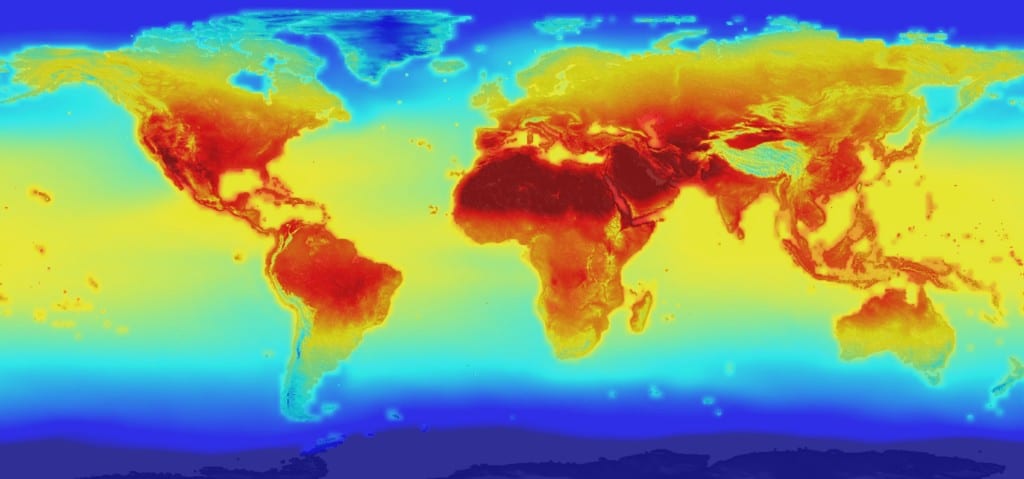
NASA global climate simulations forecast changes in global temperature and precipitation with different greenhouse gas emissions scenarios: NASA
The latest data from NASA shows changes in global temperature and precipitation through the year 2,100 depending on how much greenhouse gas emissions continue to plague the Earth’s atmosphere.
The dataset, available to the public, shows projected changes worldwide on a regional level in response to different scenarios of increasing carbon dioxide simulated by 21 different climate models. The high-resolution images, which can be viewed on a daily timescale at the scale of individual cities and towns, will help scientists and planners conduct climate risk assessments to better understand local and global effects of hazards, according to NASA, such as severe droughts, floods, heat waves and losses in agriculture productivity.
“NASA is in the business of taking what we’ve learned about our planet from space and creating new products that help us all safeguard our future,” Ellen Stofan, NASA chief scientist, said in releasing the report. “With this new global dataset, people around the world have a valuable new tool to use in planning how to cope with a warming planet.”
The new data is the latest product from the NASA Earth Exchange, a big-data research platform within the NASA Advanced Supercomputing Center at the agency’s Ames Research Center in Moffett Field, California. Similar climate projections for the continental United States put out in 2013 were used to quantify climate risks to the nation’s agriculture, forests, rivers and cities.
“This is a fundamental dataset for climate research and assessment with a wide range of applications,” said Ramakrishna Nemani, NEX project scientist at Ames. “NASA continues to produce valuable community-based data products on the NEX platform to promote scientific collaboration, knowledge sharing, and research and development.”
This information integrates actual measurements from around the world with data from climate simulations created by the international Fifth Coupled Model Intercomparison Project and have produced the best physical models of the climate system available, according to NASA, to provide forecasts of what the global climate might look like under two different greenhouse gas emissions scenarios: a “business as usual” scenario based on current trends and an “extreme case” with a significant increase in emissions.
The NASA climate projections provide a detailed view of future temperature and precipitation patterns around the world at a 15.5 mile (25 kilometer) resolution, covering the time period from 1950 to 2100. The 11-terabyte dataset provides daily estimates of maximum and minimum temperatures and precipitation over the entire globe.
Additional information about the new NASA climate projection dataset is available online here













